Are you curious about how essential oils work with frequency?
27.06.2024
It’s been 6 years since Gary Young, the founder of Young Living, passed from his body into Spirit. That might seem like an ending, yet it’s marked a wonderful beginning.
I often feel Gary around, and he’s as close to my heart now as he’s ever been. Yet in his passing, it’s allowed so many of our long-time Young Living members like myself to be the bridge to his wisdom, so our newer members can get a sense of what this amazing man was all about.
From the moment I met him in November 1998, I wanted to learn from him. For almost 20 years I followed him around the world, and anyone who knows me also knows I’m a touch typist and fabulous note-taker. I scribed page upon page of amazing notes.
As we begin the lead-up to International Essential Oils Day on July 11th, I’d love to share some of Gary’s wisdom, based around these notes. Today’s bulletin is an exciting mix of Science and Emotions – I’m sure you’ll love it, and learn some fascinating things. But first, one important reminder….
Essential Oils are like a Harmony
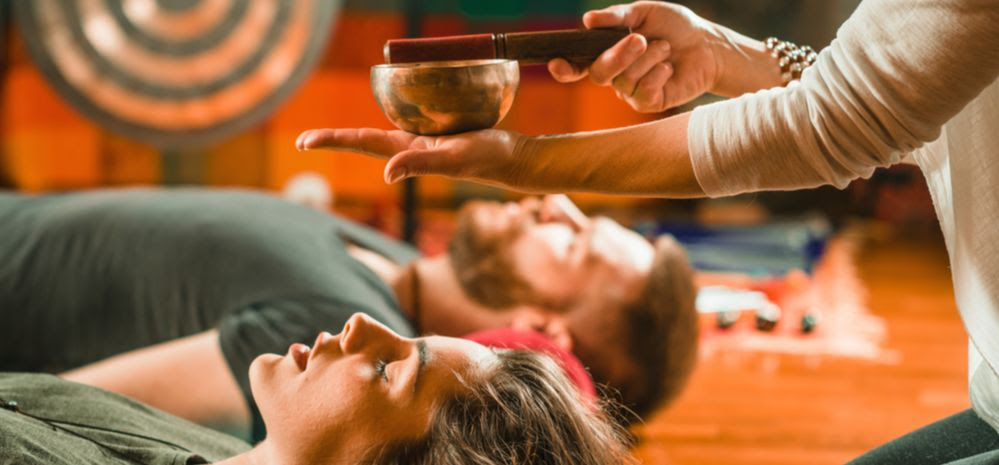
“You cannot harm oils, other than by adulterating them,” said Gary Young at Young Living’s 2005 International Grand Convention. “Man-made chemicals are like a single note, whereas essential oils are like a harmony. They create a harmonic balance in the body.”
That’s a beautiful way of explaining the difference between a truly “whole” essential oil like those produced by Young Living, versus a synthetic or adulterated oil.
Unfortunately, adulteration is rife in today’s world of essential oils and aromatherapy. As more and more people awaken to the power of essential oils for physical, emotional, mental and spiritual transformation, the more popular essential oils become. And the more popular they become, the more adulteration is occurring – simply because world supplies fall far short of demand.
That’s why Gary Young’s foresight in investing in his own farms and partner farms is so significant.

Gary Young foresaw a day when essential oils would once again be more valuable than gold, and he knew that Young Living’s survival would be integrally tied to our ability to continue to source world-class, unadulterated, therapeutic-grade essential oils.
So what’s happening outside of Young Living, in the world of essential oils?
In order to meet world demand, unscrupulous suppliers are adding synthetic chemicals into their essential oils in order to “extend” them. In many instances, these chemical additives are virtually undetectable, except by advanced scientific testing.
This is especially the case when the synthetic chemical is identical to a naturally-occurring chemical in the essential oil.
But is it really identical?
One of the fascinating aspects of essential oils is how their individual compounds behave around polarised light. In fact, this is one of the important ways that we can tell if an oil has had synthetic adulterants added to it.
In nature, some plant compounds are “laevorotatory”, meaning that when a beam of polarised light is shone through the compound, it deflects the polarised light to the left. Others are “dextrorotatory”, meaning they deflect polarised light to the right.
We call these “optical isomers”.
The difference between this left and right “spin” is like the difference between your left and right hand. They look virtually identical, but they are in fact mirror opposites. When you put one on top of the other, they don’t align.
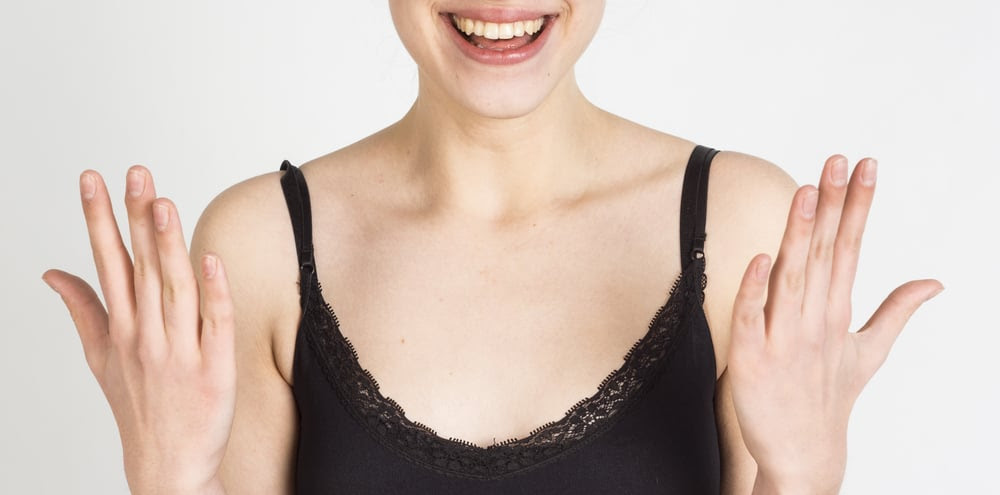
To differentiate between the two isomers, a prefix was placed before the name of the compound. The original latin nomenclature for the prefix was L for laevorotatory (or left), and D for dextrorotatory (or right). However, this nomenclature has now changed to R (for left) and S (for right). Thus L-carvone is the same as R-carvone, whereas D-carvone is the same as S-carvone.
But what difference does the spin make, I hear you say? It actually has a huge effect! Firstly, it dramatically affects the aroma of the oil.
Oils like Citronella or Lemongrass contain 96-100% l-limonene, which has a piny, turpentine-like odour. In contrast, d-limonene has a citrus odour, so it’s not surprising that citrus oils contain 98-100% d-limonene. In a similar way, l-linalool has a florally odour like Petitgrain oil, whereas d-linalool has a floral, woodsy odour like Lavender oil.
L-carvone is found in Spearmint oil, and it has a beautiful, sweetish minty smell, like spearmint leaves. D-carvone is found in Caraway and Dill oil, and its aroma is much spicier, with notes of rye. Yes, it is like describing a fine wine!
Isomers, Body Frequency, Emotions & Affirmations
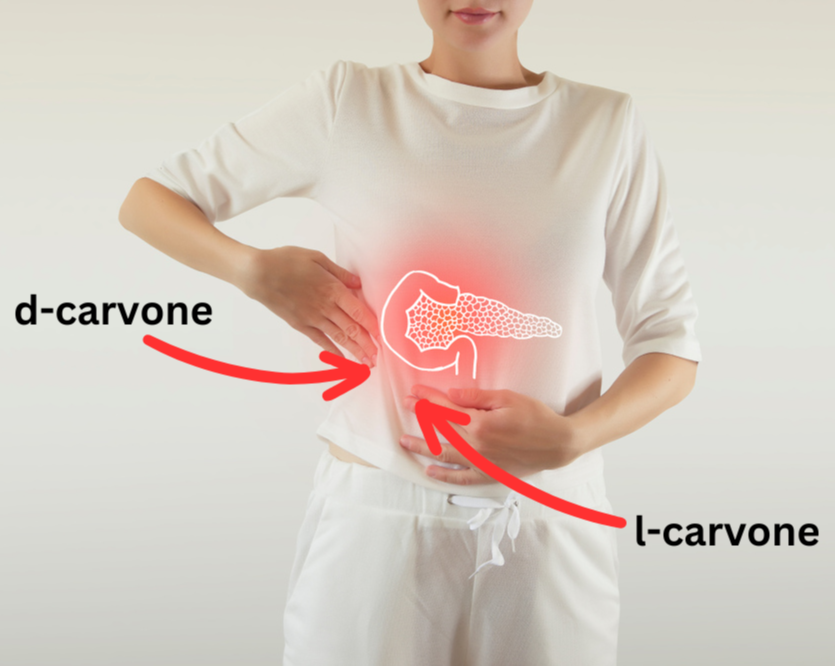
It’s not only the smell of the oil that’s impacted by its optical rotation (or spin). The spin also has a dramatic effect on how that essential oil works on the body, and on the essential oil’s frequency and emotional benefits.
According to Gary Young’s teachings at Convention in 2005, l-carvone has the same frequency as the pancreas, whereas d-carvone has the same frequency as the liver.
Let’s extrapolate from Gary’s teachings, to look at the emotional impact of these oil compounds.
If you look up Annette Noontil’s book “The Body is the Barometer of the Soul”, you’ll discover what emotions are associated with the pancreas versus the liver. To support emotional transformation, it makes sense that we’d apply oils that are high in l-carvone over the pancreas, and oils that are high in d-carvone over the liver.
Which of the following statements do you most identify with?
If you strive to be successful but keep being sabotaged by the emotion of “shame” and feelings of not being good enough, and if you are constantly seeing what you are doing wrong instead of what you are doing right, then oils like Spearmint which contain l-carvone can be anointed over the pancreas with an affirmation like, “I am whole and at peace”.
If you have difficulty setting boundaries so that people walk all over you and treat you like a doormat, and if you feel as though other people don’t see your needs or your point of view and therefore hurt your feelings, then anoint Caraway or Dill oil (both of which are high in d-carvone) over your Liver with an affirmation like “I am a shining light, and true to myself”. Caraway oil is available as a single oil in some Young Living regions in the world, but not all. If Caraway oil isn’t available, use Dill oil instead.
Isomers – a tell-tale sign of adulteration
Gary Young, in the 2005 International Convention, went on to say, “What if your receptor site needs a right-hand spin? If you’re using an adulterated oil, you can’t give your body what it needs.”
The late Dr. Mike Buch (pictured here with me) elaborated on this further at Young Living’s 2017 International Grand Convention.
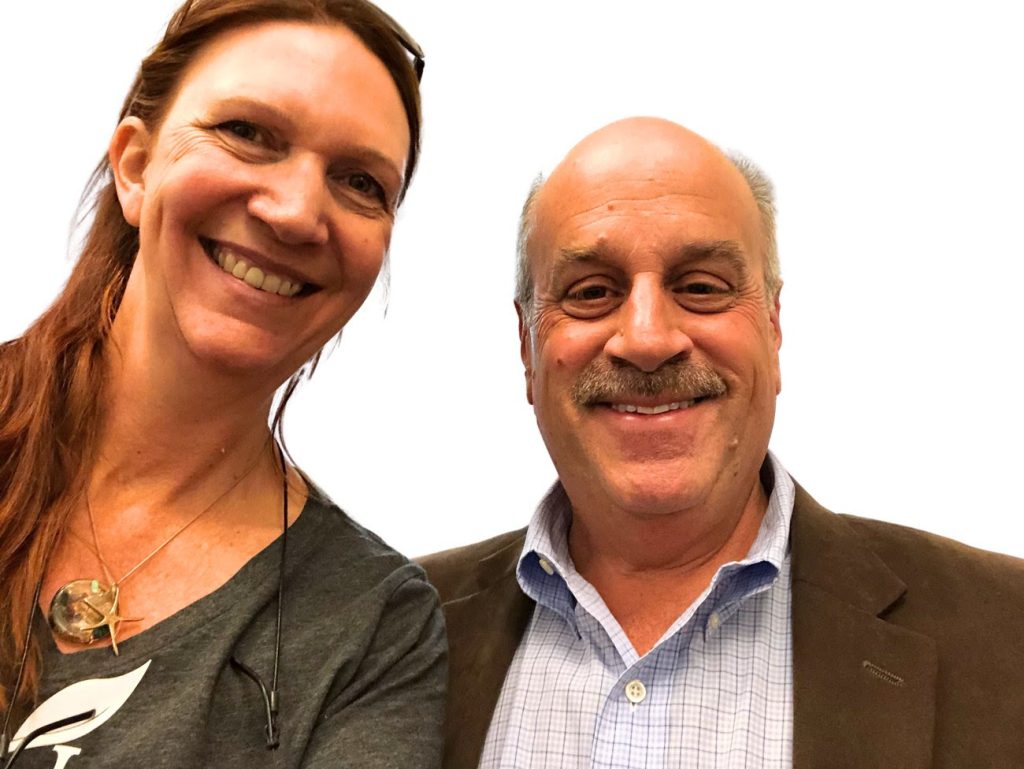
He said, “When compounds are man-made (ie. synthesised in a lab), we get about 50/50 of each type of optical isomer, ie. 50% S and 50% R. But nature is much more efficient than man. Because nature produces things through enzymatic action, plants usually only produce one of the optical isomers.”
When we do our extensive testing at Young Living, that’s one of the ways that we can tell that an oil is adulterated, ie. If it doesn’t match the balance of left and right isomers that we find in nature, we know it’s adulterated.
Chiral Chromatography is one of 15 tests we do at Young Living. Every batch of essential oils is run through these 15 tests a minimum of 6 times each (ie. 90 tests in total) before it receives Young Living’s Seed to Seal stamp of approval.
Dr. Mike Buch explained, “Chiral Chromatography is a modified form of Gas Chromatography (GC) which allows us to separate out the optical isomers. What is an optical isomer? It’s the mirror image of a compound, for example you have S-alanine and R-alanine.”

“Man made products have two isomers, whereas natural products have one. If you have a system that can differentiate between the isomers, you can tell natural from synthetic very easily. In fact, it’s a fool-proof method to determine whether something is natural or synthetic.”
Living, it’s a test we perform on every batch of essential oil.
Very few essential oil companies do this test, because the chiral columns are so difficult to obtain. But at Young Living, it’s a test we perform on every batch of essential oil. That’s why Young Living can guarantee that their oils are pure and unadulterated, and it’s how you know you are getting the best when you buy from Young Living.
Here’s how to order your therapeutic-grade essential oils:
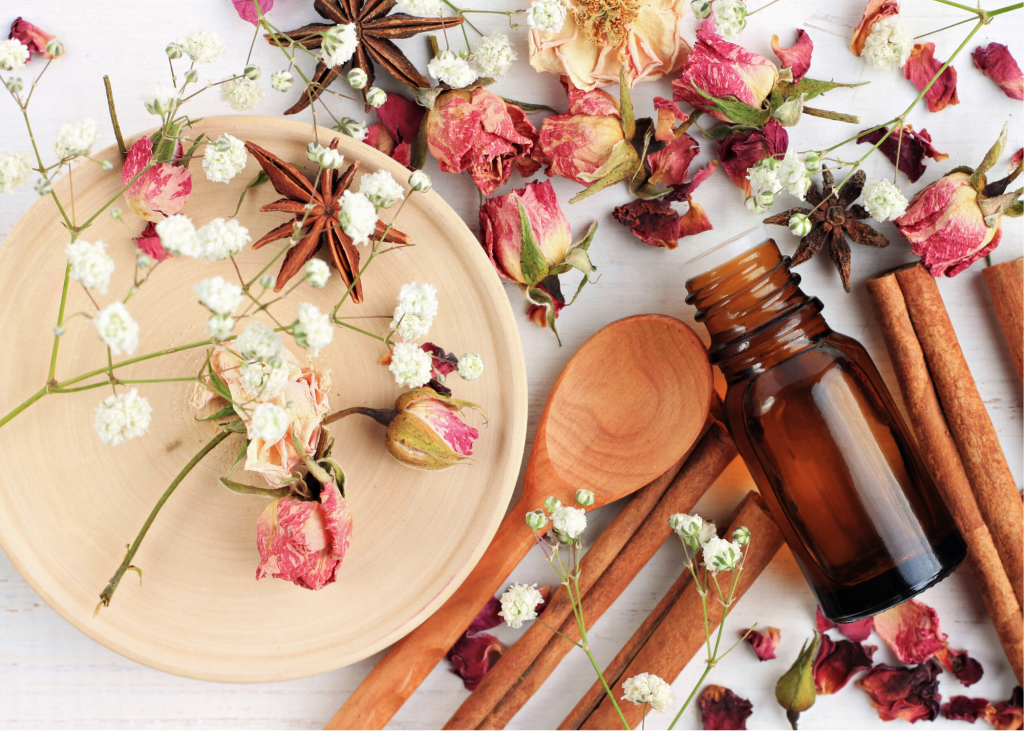
If you already have your own wholesale account with Young Living, you can order through the shopping cart on your virtual office, or via phone or live chat with your local Young Living office.
If it’s been more than 12 months since you’ve ordered, or if you’ve never set up an account, please reach out to the person who introduced you to Young Living.
You will need their member number when you place your first order.
If you have lost touch with them, or need any other assistance, we are here to help. Simply click on the button below, and we’ll be in touch to assist you and help answer your questions.
